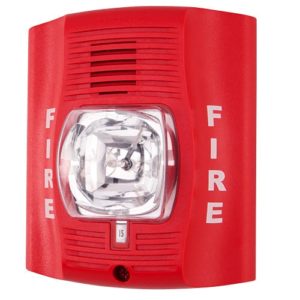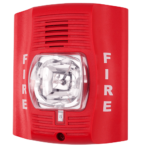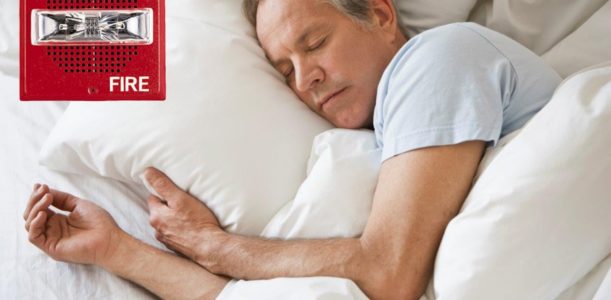
When constructing these types of occupancies, the building may fall within code descriptors such as Residential Multi Family R1, R2, R3 or R4.
Of course these buildings will be protected with automatic fire protection systems such sprinklers, smoke or heat detection as defined but the building classification. In addition, to being equipped with NFPA 72 fire alarm systems, these R type occupancies will also require to meet the ICC, IBC and NFPA 101 requirements for residential ADA units.
All building codes have Chapters and Charts that provide guidance to the number of apartments that must be equipped or made adaptable to meet the ADA codes. As you research codes and these chapters there is slight variation between the various references and tables. My suggestion is to let the Architects determine the counts and selected the units as the code does mention that all apartment variations should be in consideration. This is a matter for building owner and architect to decide.
Once the apartment units had been identified as ADA, Hearing Impaired, Handicap or other, the code tells us that “Mr Contractor” must install Sleeping Room Grade (High Candela 110cd or177cd) strobes in all bed rooms, common area and bathrooms (standard strobe cd). These strobes must activate in a synchronized mode from both the local smoke detectors serving the apartment or from the base building automatic fire alarm system.
It is likely, in today’s era that an addressable fire alarm system is or will be installed the building. So, what are the options in equipping an ADA apartment with strobes?
Drawing Examples of Resident Room’s with ADA Requirements
- Remember, strobes are needed in the following locations, Bedroom(s), Bathroom(s) and Living Room,
-
- Apartment hardwired smoke detectors, carbon monoxide, or combination devices should be equipped with dry contact relays so that the base building system can monitor the status of these sensors.
- Also realize that new construction requirements (NFPA) does mandate smoke detectors in all bedrooms and commons area within 15 feet of all bedroom doors. Carbon Monoxide is only required outside all sleeping rooms within 15 feet of bedroom doors. These sensors with their tandem circuits shall be interconnected so that all devices sound together.
- Be aware there may be local ordinances that require the use of Supervised smoke detectors in the apartment. When the expression “Supervised” is used, the intent is to use the 24VDC power source from fire panel, and the fire panel must fully communicate all conditions of the selected sensor(s). Normally a “Supervised” sensor is of the Addressable Intelligent type with a built in audible, as proper audibility in the apartment is also a requirement. Specifically per NFPA 72, the requirement is to meet or exceed 75db to the pillow.
- The smoke alarms and CO sensors in the apartment must be monitored by the fire panel. It is the fire panel that sends On/Off commands of the apartment strobes. Apartment ADA strobes cannot be wired to the corridor notification devices as their sequence of operation is different from corridor notification. The apartment ADA strobes will require a dedicated 24VDC synchronized circuit from a fire alarm distribution panel or a dedicated addressable control module with its own synchronized power source for proper operation of the apartment strobes.
- See sample wiring diagrams for both 120VAC devices and 24VDC supervised applications. Refer to our web site for other apartment options.
- By this method, the apartment strobes will function by any of these programmable conditions,
- Water Flow Alarm

- Manual Pull Station
- Corridor Smoke Detection
- Elevator Recall
- Apartment Smoke Detector
- Apartment Carbon Monoxide
- Or any other device reporting to the base building fire alarm panel.
- Water Flow Alarm
- So what is meant by Adaptable Units? Units made ready with Conduits, Wiring,and Power Source in the event an apartment needs to be converted into a Hearing impaired unit as needed. See IBC Fire Protection Systems, 907.9.1.4 R-2 its states “All dwelling and sleeping units”. Ouch!
- And to close the thought in explaining ADA apartments. Once an occupant states he or she cannot hear the alarm, as a building owner or manager you have a code obligation to address their hearing safety needs! HRSS can assist if either Visual or Audibility concerns are expressed.



